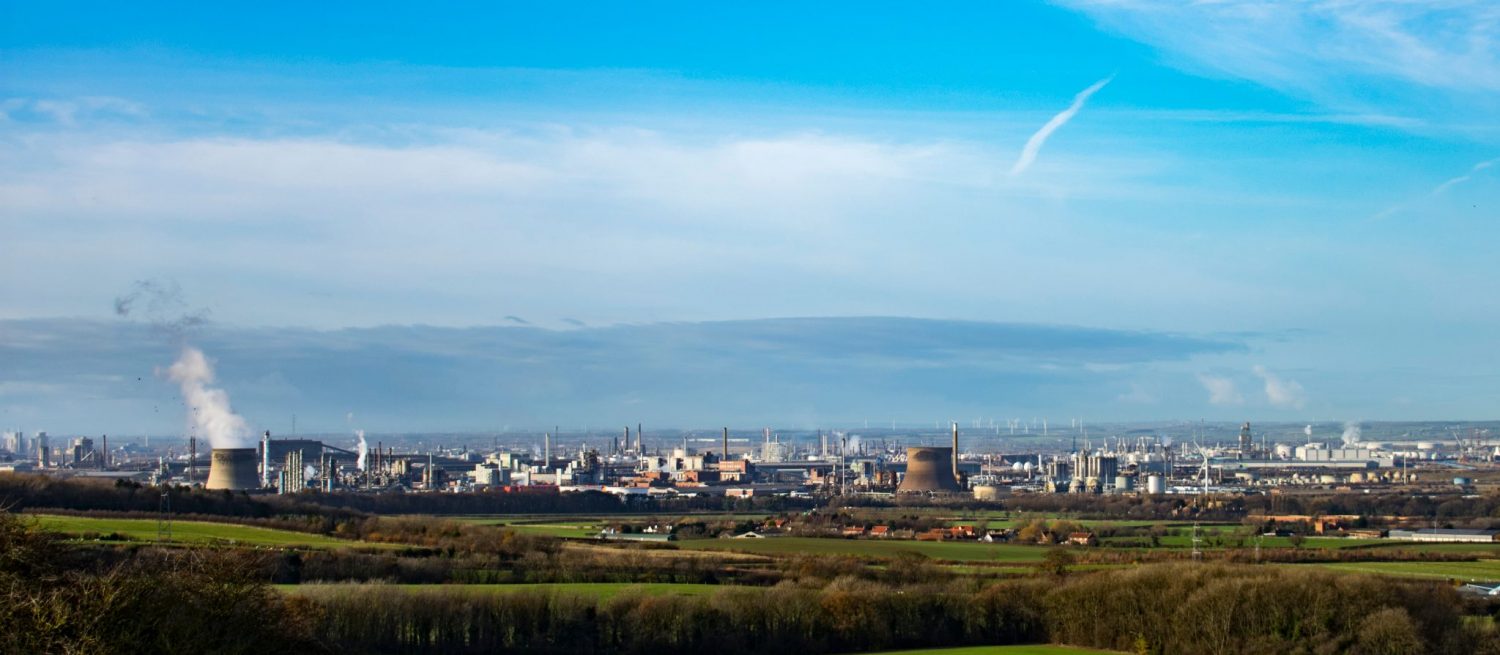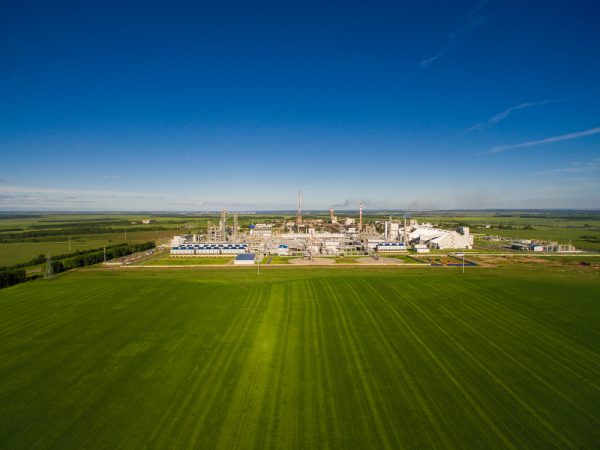

How Carbon Dioxide Shortages Aggravated Europe This Summer
When Carbon Dioxide is in the air we exhale, it’s hard to believe that there could ever be a shortage of this atmospheric gas. But in Europe this summer, this was the reality affecting numerous industries – mainly the food and beverage industries. According to Gasworld, it was the “worst supply situation to hit the European CO2 business in decades.”
With a heat wave sweeping through Europe and raving soccer fans demanding beer, cider and soft drinks for their enjoyment during the World Cup, there was an influx in drink sales. Soda and beer sales to wholesale customers were rationed by distributors to only a certain number of cases per customer at a given time. Big names like Heineken and Coca Cola admitted that the supply shortage was a burden on business.

Summer also means BBQ season, but slaughterhouses were forced to pause operations, including the largest abattoir in Scotland. Used as an asphyxiant, CO2 stuns pigs and cows in a more humane way before beginning the slaughtering process, but the gas was being rationed across the continent.
Not only was the continent affected, but those in transit to the UK and Europe. Transatlantic flights were void of ice cream since dry ice (solid CO2) wasn’t available to keep it frozen.
Many facets of the food and beverage industries have had to make do with the little CO2 they’ve been able to acquire, waiting eagerly for production to pick up again.
The Cause of the Shortage
What was it exactly that caused this CO2 shortage? Surprisingly, the halt of ammonia fertilizer production was the cause. CO2 is produced in mass quantities as a byproduct of chemicals like ammonia for fertilizer. At these manufacturing plants, hydrocarbon molecules from natural gas are split in two: into hydro, which is turned into ammonia for fertilizer, and into carbon, which is turned into CO2 for soft drinks and the other uses affecting the UK and EU.
Since most farmers plant their crops in the spring, there is a low demand for fertilizer in the summer months. This means there is a window of time from April through June for ammonia plants to shut down for maintenance – which in turn shuts down the production of CO2.
As of late June, most of the ammonia and natural gas plants, including two of five production giants in the UK, picked up production again. However, there continues to be a lag period while the CO2 supply catches up again and the market balances out.

The Need for Alternative Carbon Dioxide Production
Even though CO2 is in the air we breathe, separating it from the other atmospheric gases in the air isn’t an economical source of production. Although the amount of CO2 in the atmosphere has increased with global climate change, the inflation to 0.04 parts per million is still quite insignificant according to the Annual Greenhouse Gas Index (AGGI) from the NOAA Earth System Research Lab in Boulder, Colorado. A previous study from the American Physical Society noted that Direct Air Capture of CO2 would be a costly effort, although, we may be heading that direction in the future.
Unlike Europe – Iran, China, Turkmenistan, India and Indonesia have been investing in alternative CO2 production. The ammonia industry, which fuels the CO2 industry, is declining. Natural gas prices are rising, and the United Kingdom and European Union have chosen to import ammonia from Asia, rather than relying on their own domestic production. Europe will need to find other sources to avoid any crises in the future.
Luckily, the United States doesn’t rely solely on the production of ammonia to supply its demand for CO2. The United States, however, relies heavily on extracting CO2 from natural gas burning. With rising gas prices and a finite supply from natural gas reserves, it may be wise to seek alternative resources as a precaution in the future.
Partnerships During Gas Shortages
Similar to the Helium shortage due to politics in the Middle East in 2017, gas shortages can come at the most inopportune times, which is why it is vital to have a partnership in place with a reliable atmospheric gas distributor.
At Rocky Mountain Air, our dedication to delivering flawless dependability begins with the loyal partnership we have with our customers. If a CO2 shortage ever were to hit the United States, our customers would always come before one-time buyers looking to supplement their CO2 supply. Even if supplies were to be rationed, we would give preference to those who choose to do business with us, doing everything we could to get you exactly what you need, when you need it.
If you are interested in beginning a partnership with Rocky Mountain Air Solutions or learning more about what we do, contact your local branch today in any one of our five states in the western United States.



